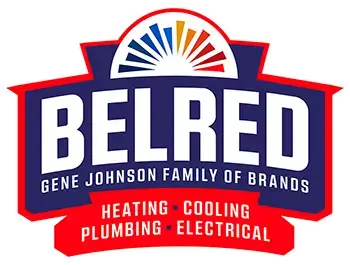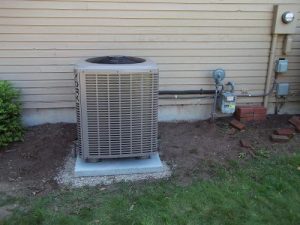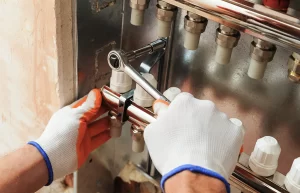Can lights, also referred to as recessed lighting or pot lights, are a popular lighting choice in both older and newer homes. Many like the look of this “hidden” style of lights as it removes the need for large light fixtures. Unfortunately, these lights often present many problems for home performance, specifically with air leaks to or from unconditioned spaces like attics.
We often find that one of the biggest problems with home efficiency is related to can lights. This may not seem obvious since the lights are relatively small, but small leaks add up (with all of the recessed lights in the home) and can present a huge issue for home performance. Air you are paying to heat or cool can be lost into the attic. Even worse, unconditioned, dirty air may be leaking from the attic or other unconditioned spaces into your home – increasing energy bills, and causing problems with indoor air quality.
There are some tell-tale signs of leakage around can lights, such as:
· Dark staining under or around the light’s trim ring (you can pull down these spring-loaded rings to check for this)
· Cobwebs inside of can lights
· Dust or Insulation fibers falling from can lights (check the underside of the bulb)
· Noticeable drafts or temperature problems in rooms with a lot of can lights
Air leaks and improper sealing of can lights are problems we see in both older and newer homes. In many older homes, can lights were not designed to be air-tight, leaving the area around them susceptible to air leaking to or from the attic or other unconditioned spaces. When these can lights were installed in older homes, codes for were not as strict as they are for newer homes, so both the product and the installation process was often poor. There was also less education and information around the problems presented by recessed lighting and their efficiency problems, so many installers didn’t know how to properly avoid these air leak problems when installing the lights in the older homes.
Even in newer homes, we see issues with can lights on a regular basis. These newer homes in Washington State have stricter energy codes, which you’d think would help eliminate or reduce this problem. However, we find that many builders install proper airtight can lights, but then fail to use an airtight trim ring. These lights will get through an inspection, but then leave the homeowners with the same air leak problems mentioned above.
The best solution to this problem is a full replacement of leaking can lights. Unfortunately, many homeowners love the look and style of these lights, and replacement can be cost-prohibitive. While fixing can light air leaks can be a difficult task, there are a few options we recommend:
· We can build a sealed box that is placed above the can light fixture in the attic, significantly reducing the amount of air leakage (if there is adequate access and space above the ceiling fixture in the attic)
· We can install a retro-fit baffle kit on most standard can lights, without access to the attic space. This provides a good reduction in leakage, and is an economical option.
· A licensed electrician can replace the fixture with a completely airtight one, which can be expensive, but is sometimes the only solution to can light air leak problems.
If you have can lights, whether your home is older or newer, you may be at risk of air leaking from, or into your attic or other unconditioned spaces – effecting both your energy use and your indoor air quality. If you think your home’s performance is suffering as a result, don’t hesitate to contact BelRed today for help.







